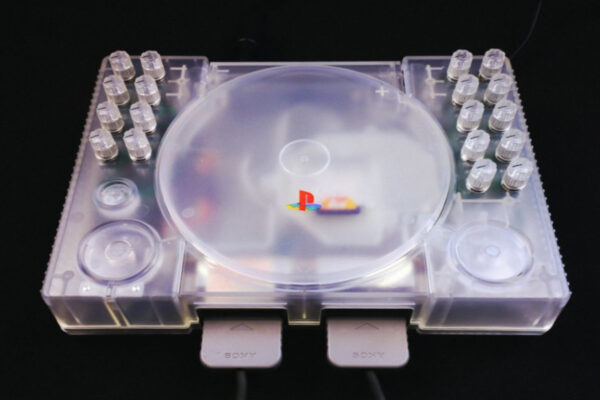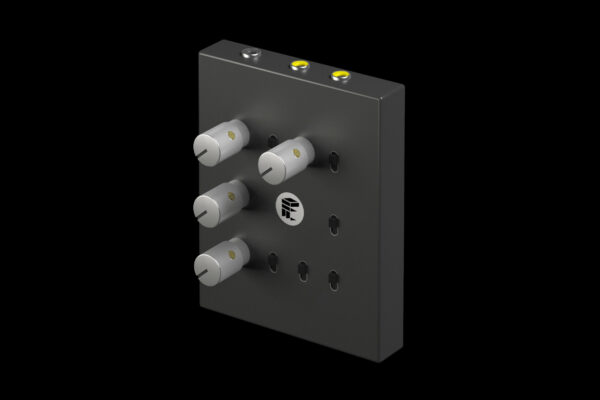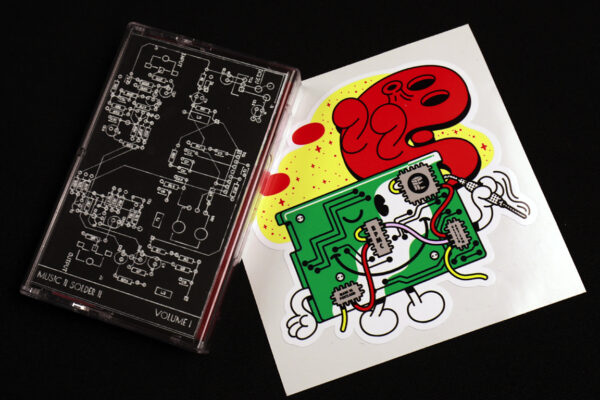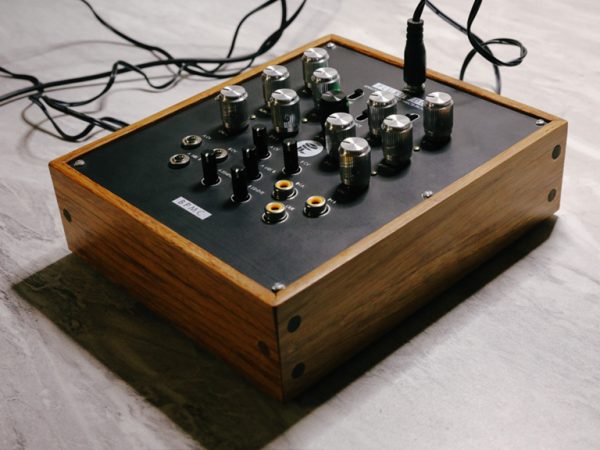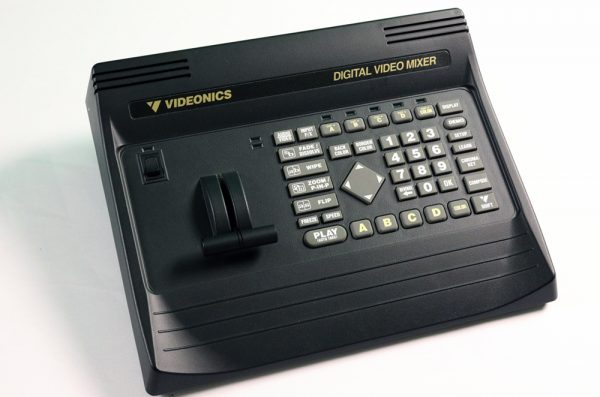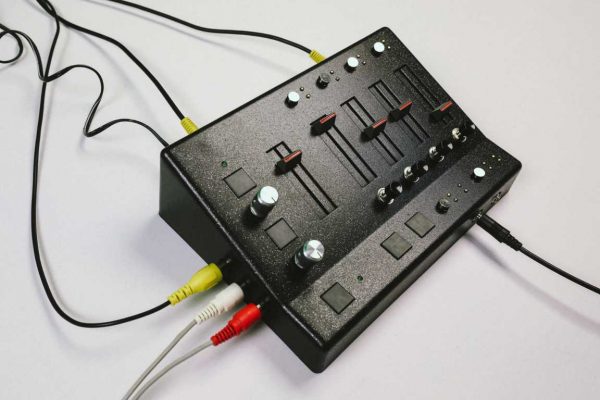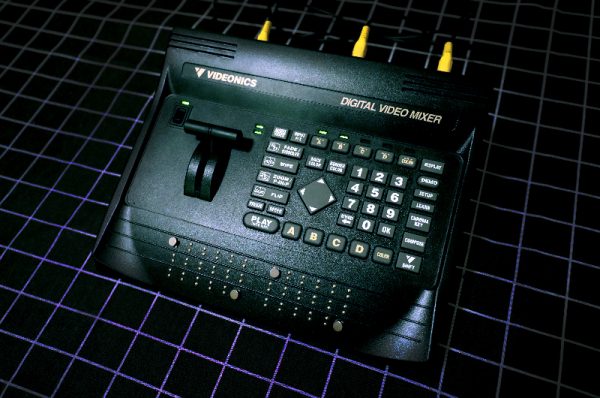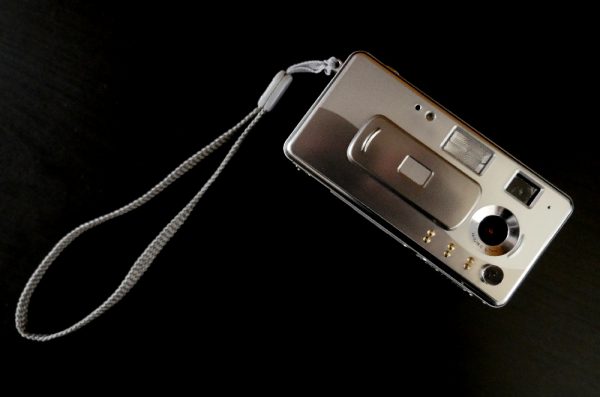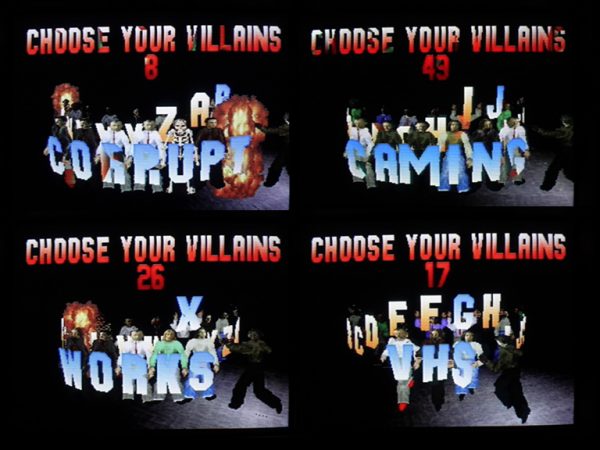I love when I get a chance to put down the soldering iron (turn it off even), put on a pot of good coffee, blast some Espirit and plug a bunch of weird shit into the big screen. It’d be even better if I could do all of this from the bath (as I am a lazy comfort-seeking bitch)… but there is a serious electrical hazard there. Man oh man, when winter chills ya’ to the bone nothing beats a silky smooth hot bath. Candles, powdered milk, a good oatmeal scrub, some dead sea salts loaded with essential oils…. oh, I don’t know, call me crazy but perhaps even a glass of 2012 Californian Merlot?!? But I digress…. ah yes, you’ve no doubt got a little time off on the horizon so I suggest you get plugging in some video gear of your own. If you are looking for a little inspiration take a gander below. Here I’ve posted some recent demos and excerpts with a brief explanation of what is going on technically behind da scenes.
I knew there was more to this thing! Recently I re-worked my mods on the extraordinary Sima SFX-9 two channel mixer. The intent being to take better advantage of the multi-option chroma-key feature. I really love the chroma options on the SFX-9 and wanted to ensure that the surgery hit it right-proper. The demo utilizes a VHS input on channel one and an out being routed back into channel 2 in conjunction with the chroma mode. One of the mods implemented greatly distresses the FX buffer sending it cycling through all FX settings (independently on each channel) at warp speed. The joystick, in this mode, has a lot of say in corruption speed, feedback speed & effect variability…. and you see that here.
While the SFX-M does not have a TBC, instead frame synchronization, it sure handled every conceivable corrupted signal I could throw at it via the Premium Cable. Here we have the SFX-M plugged directly into a projector. I’ve got a VCR on channel one with the monitor out on channel one going into the Premium Cable and then back into channel two. Utilizing the awesome, though limited, wipe patterns on the SFX-M I dialed in a nice feathered circular blend with the processed signal on channel two and the clean signal on one. I enjoy the moments when the corrupted channel artfully shadows the action on channel one. Radical!
Some serious stoney baloney shit right here. Here I’ve got a GlitchMix’d SFX-M with mixer feedback set up on channel two. The feedback channel, in wipe mode, also has negative and strobing on to create this cool stutter-steppin trippy goodness. The soft pastels and posterization come from some of the delightful FX buffer mods I stumbled upon. These mixers are like little old plants. They have a look like a mushroom and taste like you just picked ’em fresh from the garden.
These are some recent sketches I made for Leaving Records utilizing the Fairlight CVI processed by a Premium Cable. The two make a delightful combo with the CVI doing the bulk of the heavy lifting. The Leaving logo was transplanted into the CVI via laptop and processed within the confines of the almighty trails effect. Great for green-screenin’ but also great for spicing up something simple like this.
It takes some care putting the audio reactivity feature of the Fluxus to good use. It is all about implementing audio in conjunction with a stable effect. Wild and erratic effects tend to make it challenging to pick out the audio reactivity… “is it doing anything?” The dropshadow effect in powered mode reflects the influence of audio well. As does some of the chunky artifact feedback in feedback mode. Choosing the right sonic source is important as well. The feature was not designed with My Bloody Valentine’s Loveless in mind. More like the output of an 808 or an old Fender Rogue. The more defined attack and decay you give this thing the better.
I am a certified gearwhore and was advised, somewhere in the mid-two thousands, against getting into modular synthesis due to it’s crack-like effects on the gearwhore brain. I am glad I held out so long, definitely saved me a buck or two, but I can think of a number of video projects over the years where a healthy modular setup would have been most helpful. The first time I hit the AVE3 with CV my jaw damned near hit the floor. It was like seeing the machine in a whole different light. “Why the hell didn’t I get into CV sooner?” Damn you.. sensibly responsible self!
My apologies to your brain if you’ve ever seen this early Herschell Gordon Lewis student film but it definitely made good b&w fodder to toss into a Touch Deluxe. The Touch Deluxe has a weird digital feedback made available by one very particular mod in conjunction with the onboard “art” effect. It has varying degrees of line thickness and fill however in this video I dialed it in to one silky lil’ position and let it go for the full duration. This look is B-U-T-T-A!
Here we have but a mere function generator injecting tiny little voltage packets into the guts of an AVE3. Pretty entertaining for a single module but imagine the visual potential all you Celldwellers & professional Muff Wigglers have at your fingertips. We are going to leave it there folks, thanks for having a look and let me know if you develop a bathtub friendly video synth anytime soon. Error successfully illustrated.
 Glitch Art Dot Com
Glitch Art Dot Com

